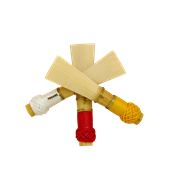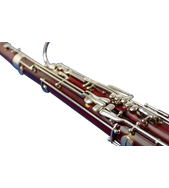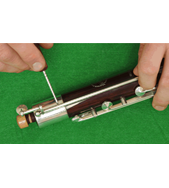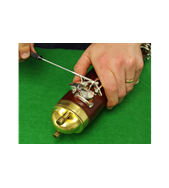International Women’s Day – are women bassoonists equally represented?
March 10th, 2023

International Women’s Day – are women bassoonists equally represented?
International Women’s Day – are women bassoonists equally represented?
International Women’s Day was on 8 March and we thought it would be interesting to see how well women are represented in the bassoon community.
There are lots of ways of measuring this, but we thought we would take two measures:
- the number of girls and women who play the bassoon in the UK compared with men and boys; and
- the number of women who play the bassoon and contrabassoon in the UK’s professional orchestras compared with men.
For the first measure we took our own customer database and sorted it by first name, only taking into account those names which are unambiguously used in the UK either for women and men. We assume that our customers are broadly representative of the UK bassoon community and can’t think of a reason why this would not be the case.
The percentage split was 57% women and girls and 43% men and boys.
Some of these will have been buying for someone else and generally in our experience more women than men buy for someone else other than themselves, but even so there is a clear verdict – there are more women bassoonists in the UK than men.
Now the next measure – the number of women in professional UK orchestras compared with men. We managed to find the orchestra player lists for 13 professional orchestras in the UK and in total there are currently 32 professional bassoonists and contrabassoonists among these 13 orchestras, with some vacancies. There are undoubtedly many more professional bassoonists in the UK than this number, but as you will see the verdict is crystal clear and probably won’t be changed by finding the definitive number of UK bassoonists.
There are currently, across these 13 orchestras, 23 men and 9 women, again using their names as an indicator where it was unambiguous to do so (in fact it was unambiguous in all cases). This means that 28% of professional orchestra positions in these 13 orchestras are occupied by women, and 72% by men.
It would be interesting to know how the figures for professionals have changed over the years and maybe we should make this an annual survey, but clearly there is a lot of catching up to do.
Anecdotally, we see broadly equal numbers of women and men conservatoire students coming to us to try and buy bassoons, and it would seem that the equal numbers broadly persist until graduation, but the transition from education to professional status seems to be where the problem starts.
It would be interesting also to measure the number of women teachers and professors of bassoon in the UK compared with men to complete the picture, and maybe this is something to look at next year as well.
If you have any thoughts on why there is this imbalance at the professional level and what can be done about it, we would love to hear them. If we get enough responses we will write a future article summarising the views expressed.





